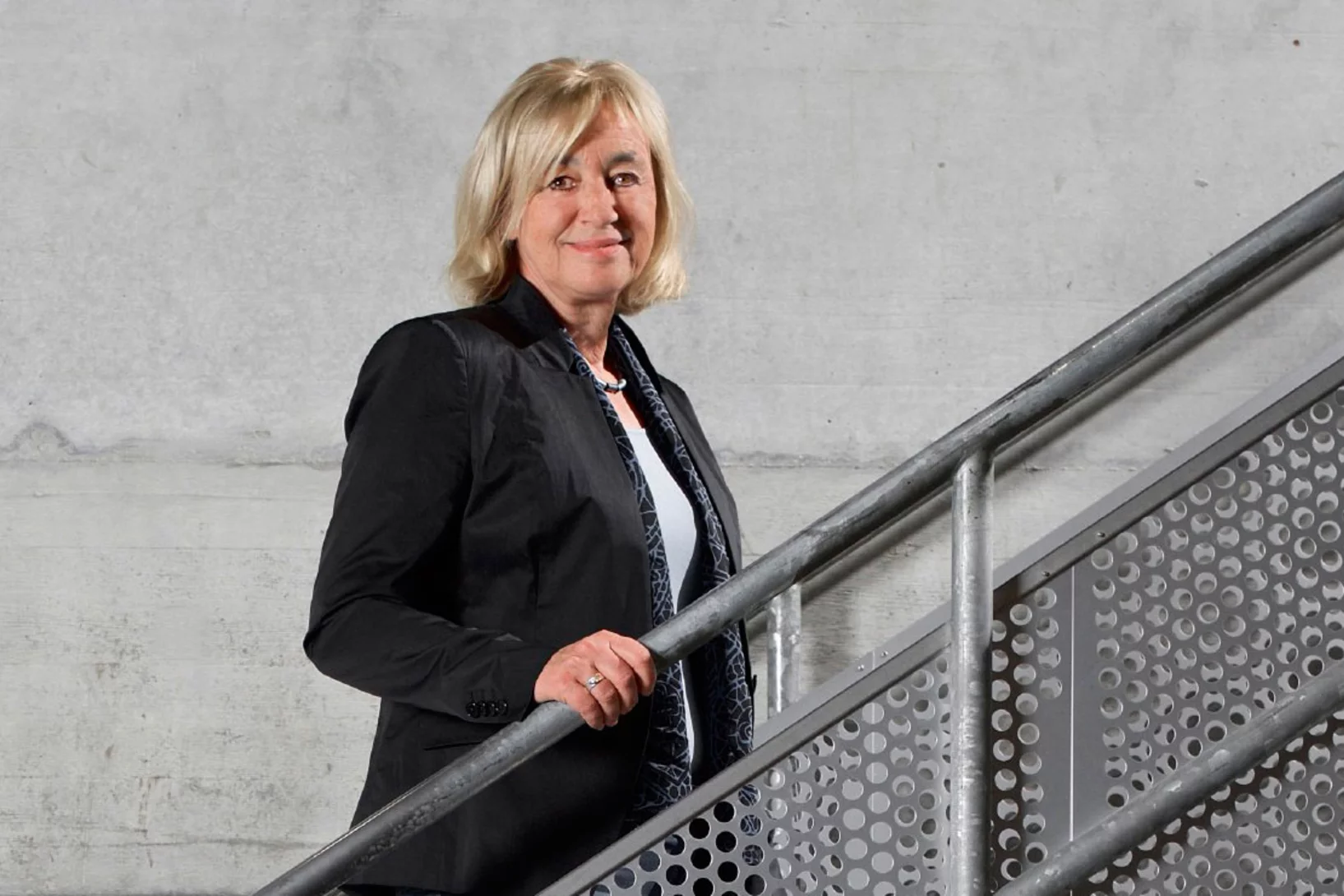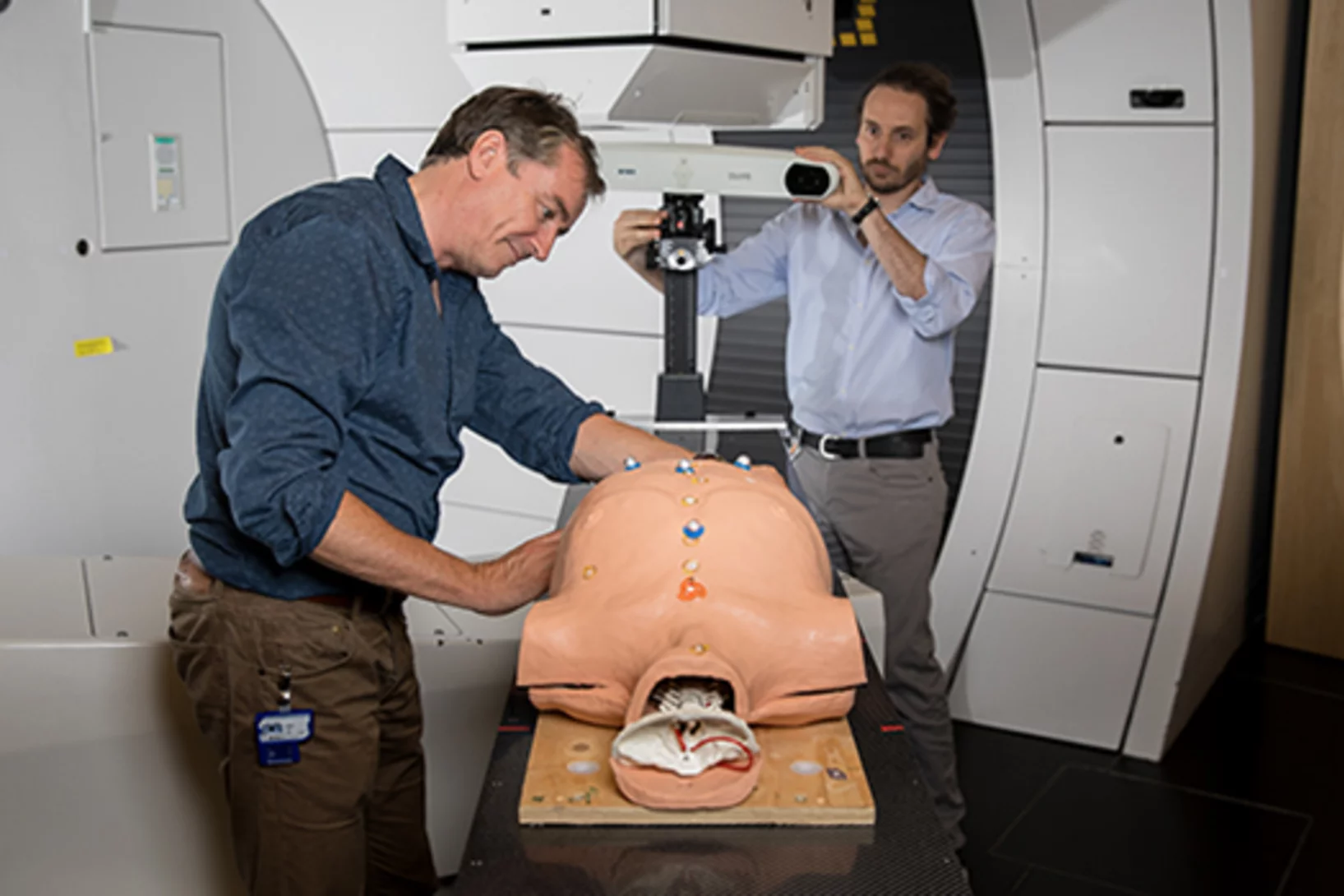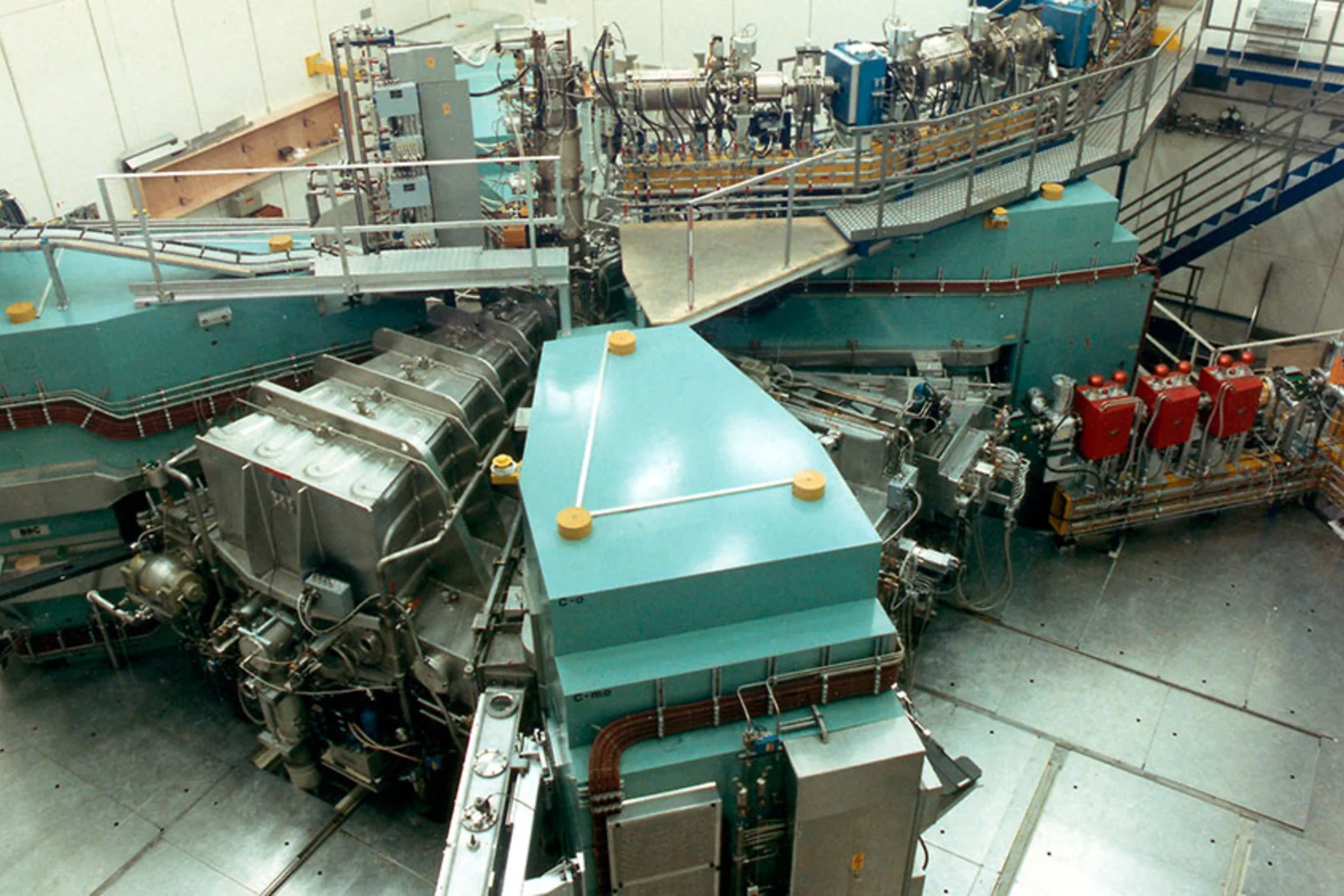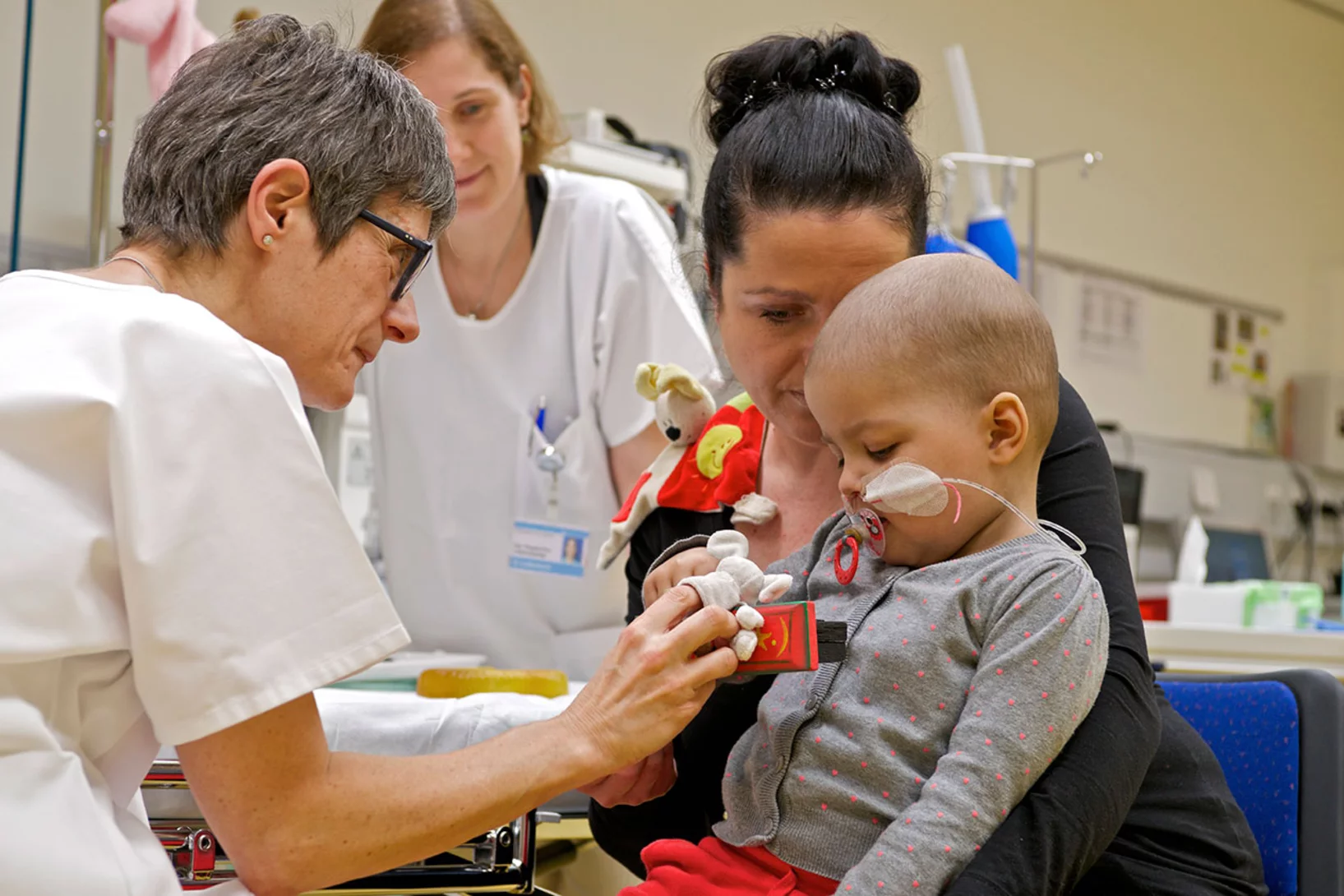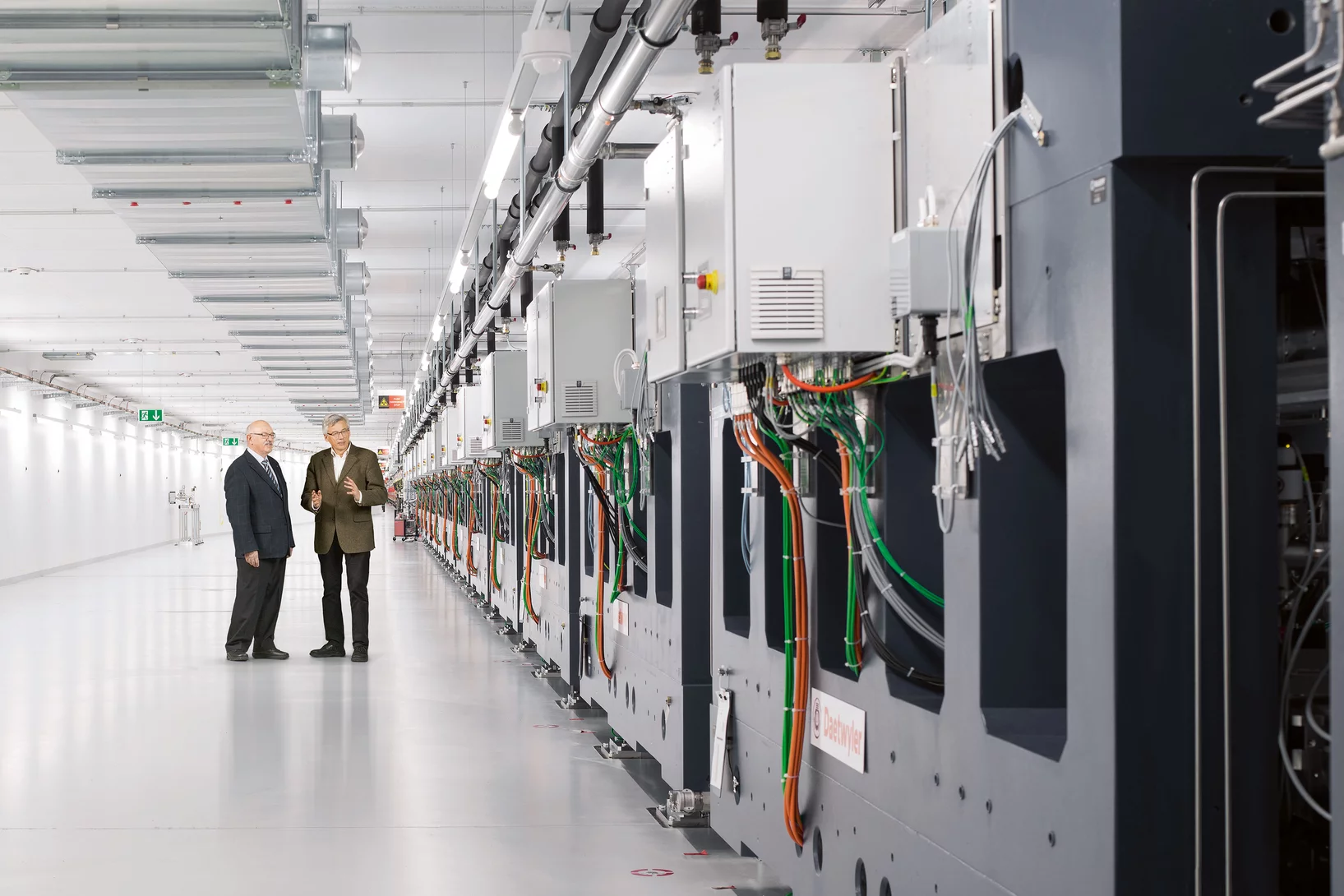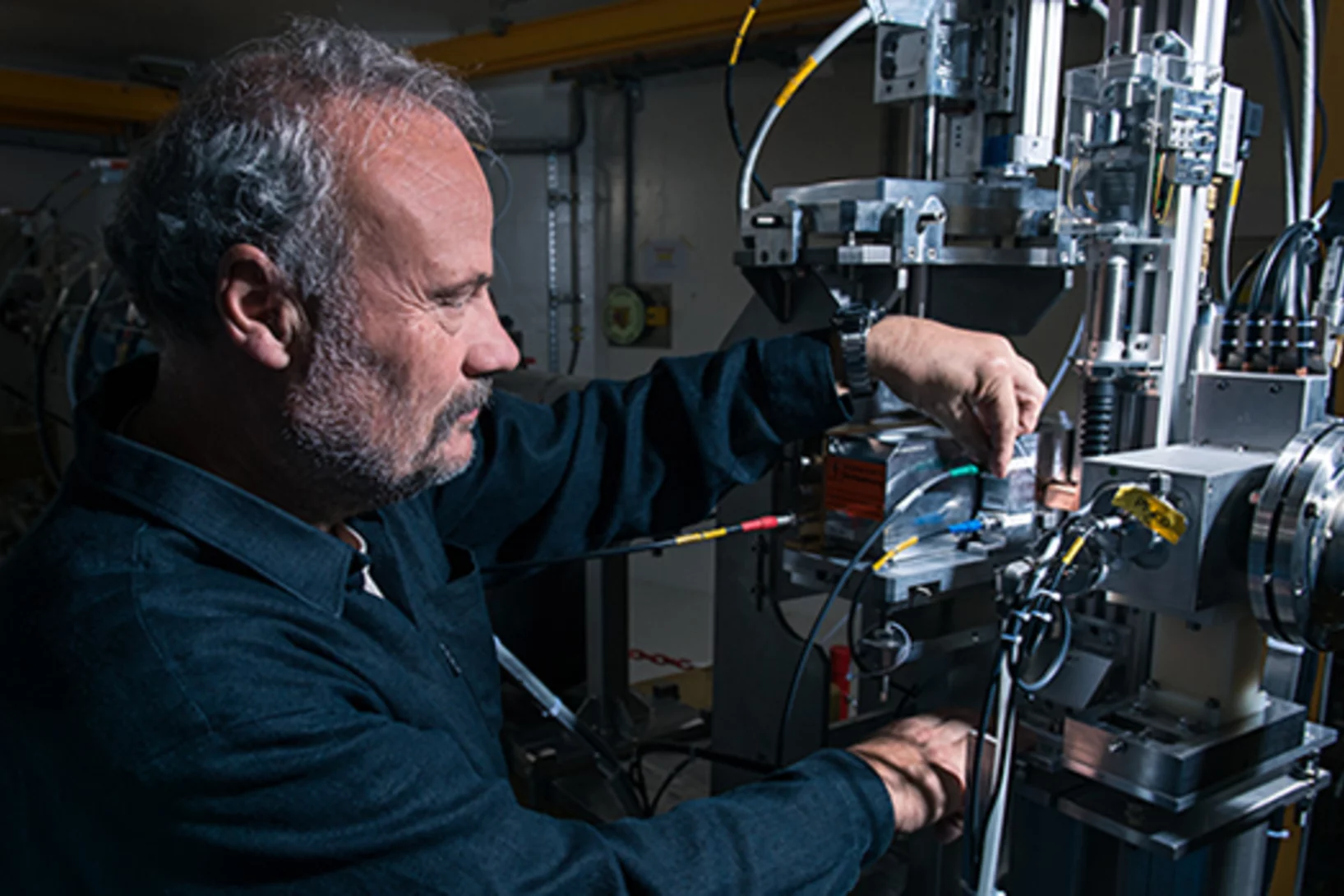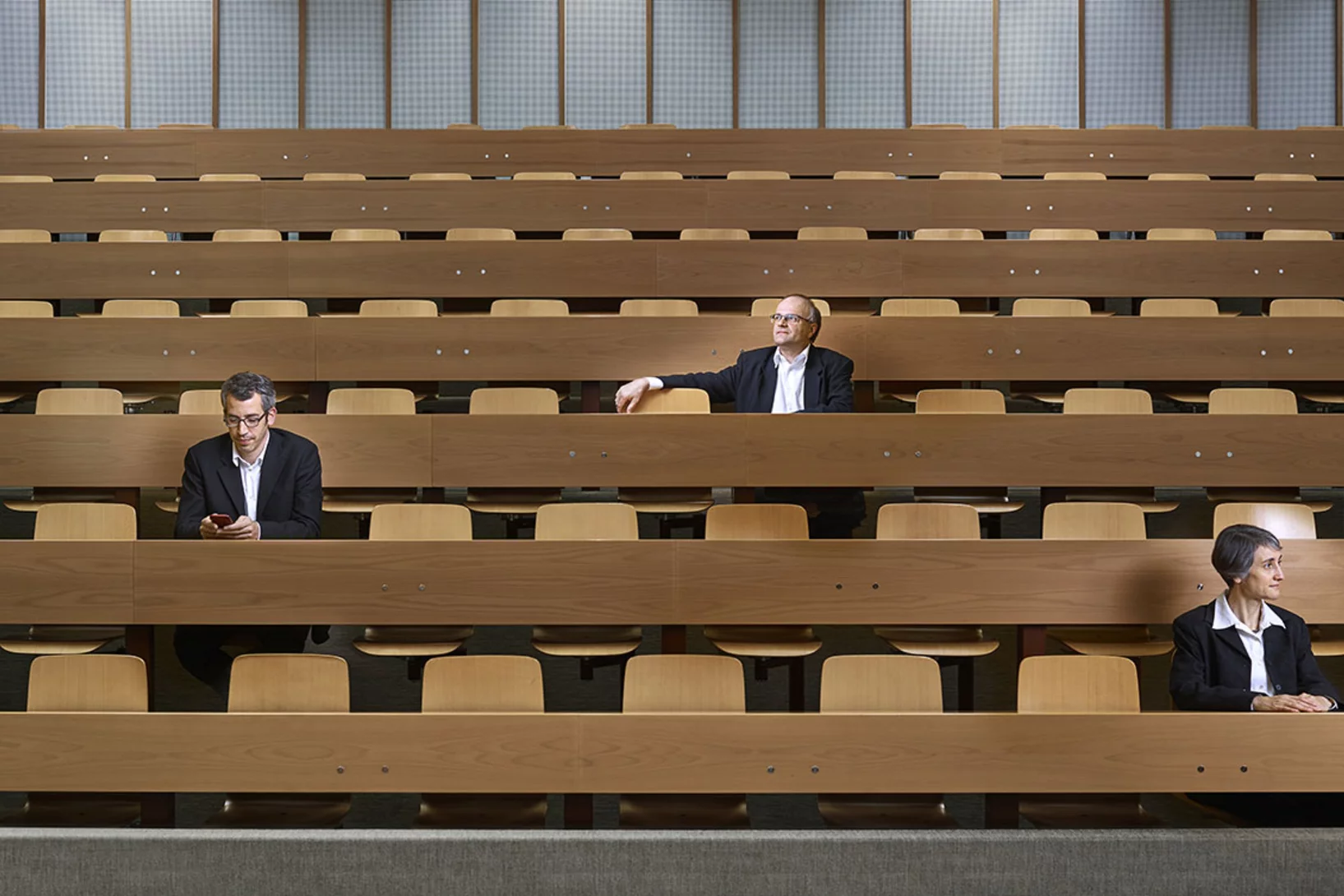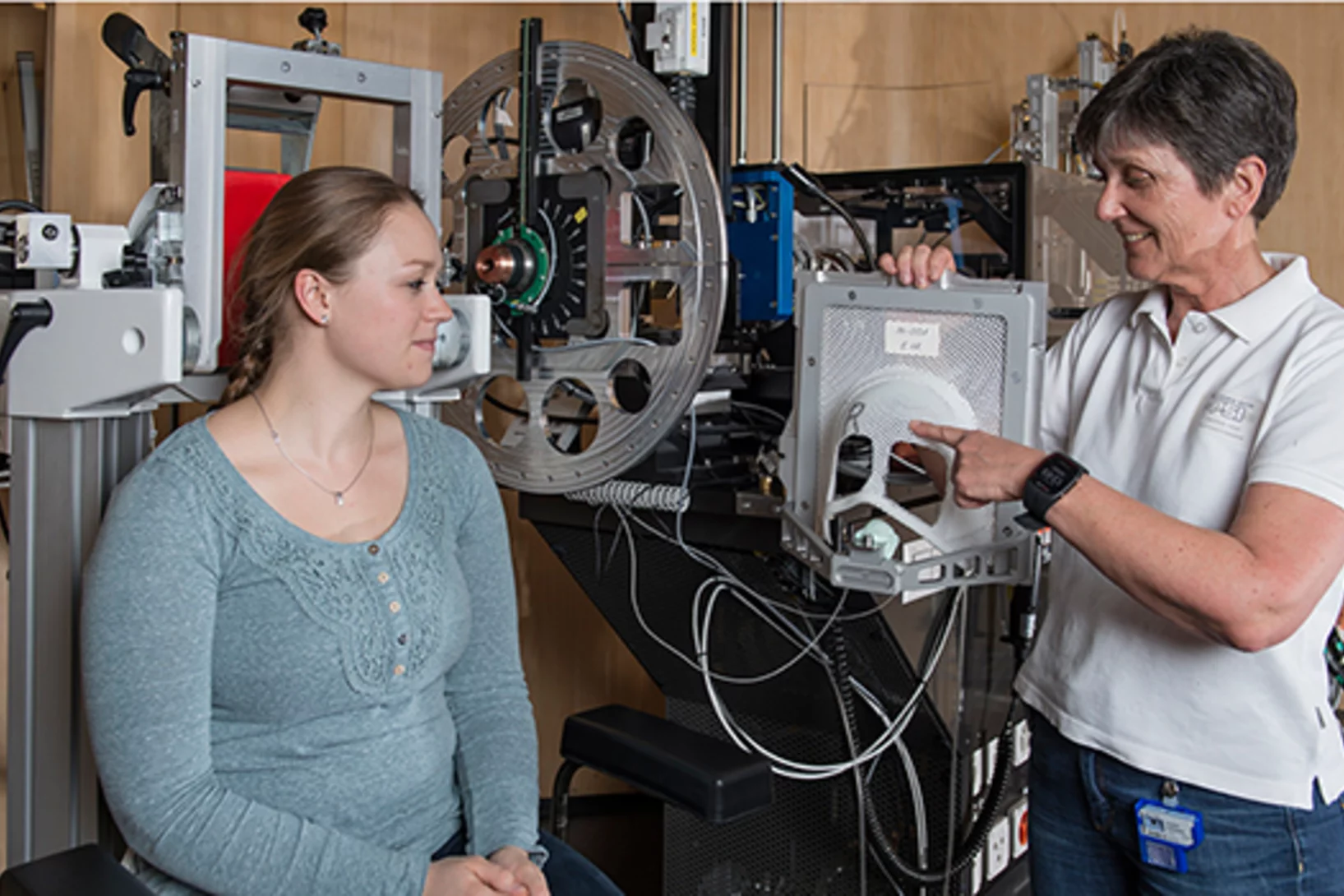PSI Stories
Custom-tailoring better metallic materials
Using the large research facilities at PSI, Helena Van Swygenhoven-Moens examines the inner workings of metals. The watch industry needs small, robust springs and engineers are interested in turbine blades made of stress resistant materials.
Testing the Limits for the Patients' Benefit
Proton therapy is already a success story at the Paul Scherrer Institute PSI but researchers remain dedicated to making treatment faster and safer.
Injector 2: a pre-accelerator for protons
As fundamental building blocks of matter, protons are part of all the things that surround us. At the Paul Scherrer Institute PSI, though, they step out of their usual role and are deployed to generate other particles, namely neutrons and muons, which are then used to study materials. But for that, the protons first have to be accelerated. An important role in this is played by a three-stage accelerator facility, in the middle of which stands the accelerator known as Injector 2.
From the garage to the world
In 1999, PSI researchers founded the spin-off firm SwissNeutronics. Today the company has a staff of 15, sells high-precision components to research institutions all over the world, and still is based in the small town of Klingnau – not far from PSI.
Big help for small children
When small children develop cancer, the whole family is affected. Staff at the Paul Scherrer Institute PSI’s Centre for Proton Therapy combine target-oriented proton beam irradiation and a caring, warm-hearted atmosphere to help these children.
To the limits of the feasible
The company Daetwyler made the undulators for the X-ray free-electron laser SwissFEL of the Paul Scherrer Institute PSI, to a precision of one-tenth of the width of a hair.
Getting a Handle on Safety
Proton beams don’t just cure cancer. They can also damage healthy tissue. To make sure that this doesn’t happen, PSI’s Centre for Proton Therapy carries out over 350 safety tests a year. The results speak for themselves: several thousand patients have undergone proton irradiation treatment here in Villigen. There’s never been an accident.
The double agents
They have two e-mail addresses, two offices, and two filing cabinets in two locations: Around 60 of the researchers at PSI are at the same time professors or lecturers at a Swiss university. PSI and the universities also profit from these researchers with double affiliations.
Second beamline for SwissFEL
This year the first pilot experiments are starting at the X-ray free-electron laser SwissFEL. The X-ray light generated by SwissFEL will enable a broad spectrum of experiments. Beginning in 2020, a second beamline will provide for a still greater variety.
Rays of hope for patients
For over 30 years, patients with a particular form of ocular tumour have been treated at PSI by means of proton irradiation. The tiny particles hit their target with millimetre precision, without endangering other structures of the eye. The irradiation facility OPTIS, developed at the PSI Center for Proton Therapy of the PSI, is a success story, considering that for more than 90 percent of the patients treated to date, the eye could be saved.

